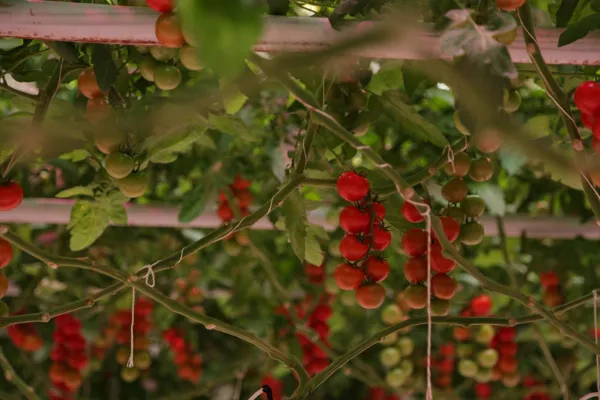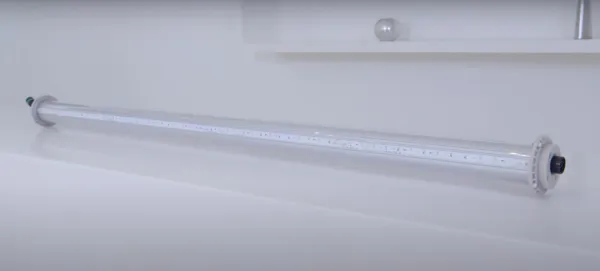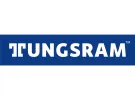The use of high-tech greenhouse facilities and vertical farms for fruit and vegetable crop cultivation is skyrocketing in certain parts of the globe as a response to increased demand for fresh produce, less reliable weather conditions and the rising scarcity of cultivable farmland. Precision farming ensures all-year production, higher yields, improvement in product quality and higher marketable value. Modern indoor farming technologies offer the possibility to boost plant density as compared with open field cultivation. However, failing to provide adequate lighting at the necessary points in a dense canopy is bound to result in suboptimal crop yields. For instance, using more toplight modules will only lead to a bigger electricity bill while the lower parts of the plants will still not receive the proper amount of light.
 © Tungsram
© Tungsram
Interlights for a higher degree of precision in farming
Light in indoor crop cultivation could become a limiting factor, especially when it comes to the lower portions of the canopy. Generally speaking, interlights ensure that the plant’s surface is evenly lit and thus promote faster plant growth and improved biomass accumulation while enhancing the sink activity of the crop. Experts at Tungsram Agritech designed the Interlight LED lighting system as a supplementary light source in greenhouses to light the lower, shadowed parts of the vegetation. Installed between the rows of plants, these modules enable growers to improve the taste and nutritional value of vegetables by ensuring that the entire surface of the plant receives the necessary amount of light. “Interlights add a new, much needed aspect to the horticulture industry, especially in Nordic countries, where the amount of natural light is much lower on an annual basis,” says Anita Zelnik, Product Manager at Tungsram Agritech. As a result of low heat radiation and the passive cooling system, Tungsram’s LED interlight provides the light needed by plants without unwanted heat generation, thus ensuring that all plants are lit at the points where they benefit the most, she highlights. “We have also tested our product for the most widely used chemicals in indoor farming to ensure that all the components are chemicals resistant, which makes crop and greenhouse management considerably easier," Ms. Zelnik notes.

Tungsram’s linear LED Lighting systems use highly efficient horticultural LEDs, which deliver light output in a range of 138 to 309 μmol/s per module, providing the optimized spectrum for crops to grow prosperously all year round. The mix of red and blue LEDs follows a standard recipe for the growth stimulation of several crop types such as tomatoes and cucumbers. Some versions of the interlight module also features white light, which besides many useful aspects like improved pollinator navigation and deeper interception in the canopy, also ensures a more comfortable working environment for the human eye and the color of the crop can be seen better. The module’s lifetime exceeds 50,000 hours.
“Plenty of experiments have proved that photosynthetic light use efficiency increases with interlights, meaning that it is more electrically efficient to light plant with interlights than with toplights. The leaves in the lower canopy will be much greener and lusher, the ripening time is much shorter, and the truss is much more homogeneous,” says Lőrinc Utasi, agronomist at Tungsram Agritech.
For more information: Tungsram
Tungsram
Keith Thomas
Commercial Leader
keith.thomas2@tungsram.com
agritech.tungsram.com
